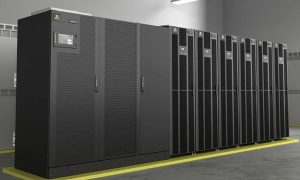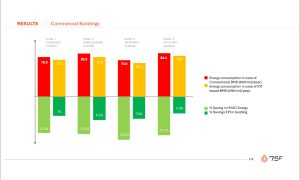As the world shifts towards eco-friendly refrigerants, this brief explores the rise of flammable refrigerants and their implications, alongside the untapped potential of IoT and AI in cooling technology.
Flammable Refrigerants
The phasing out of ozone depleting substances and of the phasing down of substances that contribute to global warming have led to a growing interest in the application of flammable refrigerants. Following the Kigali Amendment to the Montreal Protocol concerning the phase-down of hydrofluorocarbons, flammable refrigerants have become more widely used and are likely to constitute the majority of refrigerants in the medium to long term. Until recently, flammability hazards arising from the use and application of these alternative refrigerants have so far been limited to the domestic and commercial refrigeration sectors. It is therefore essential that stakeholders across all other sectors understand and become familiar with the relevant considerations for handling flammability hazards that affect their application. These include flammability characteristics, classifications, governing rules such as safety standards and regulations covering the entire lifetime of systems and equipment including transportation, system design and construction and service, maintenance and other refrigerant handling activities. This Informatory Note aims to provide an introduction to these matters.
Use of AI and IoT
Despite refrigeration and air conditioning accounting for a significant share of global energy consumption, the application of digitalisation for refrigeration and air conditioning purposes to these areas has so far received less attention than for other household appliances and mobility devices.
The application of Internet of Things (IoT) and Artificial Intelligence (AI) tools to the refrigeration and air conditioning industry offers great opportunities for control and prediction, using machine learning methods for instance, to take a step forward in achieving goals, reducing downtime costs with predictive fault diagnosis, while minimising energy consumption and maximising product quality or occupant comfort.
Source: https://iifiir.org/en/news
Cookie Consent
We use cookies to personalize your experience. By continuing to visit this website you agree to our Terms & Conditions, Privacy Policy and Cookie Policy.















